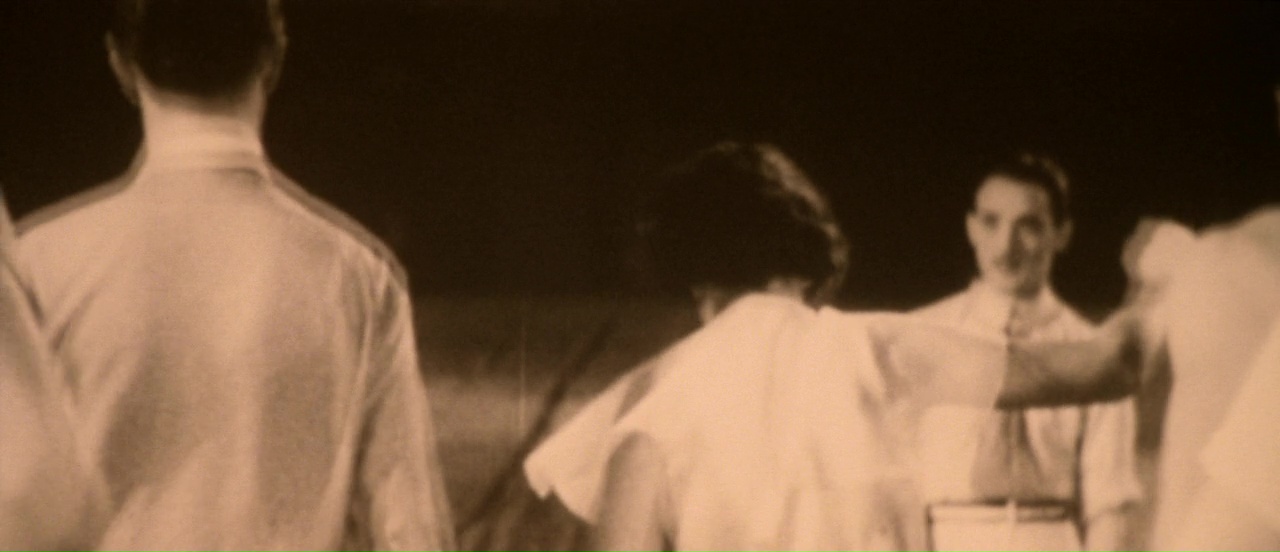

On the other side of the screen, his audiences are rewarded (or frustrated) when they detect in his films certain ways of telling and seeing that are unfamiliar and elusive in a time of a complex audience awareness of most conventions of cinema.

Yet he asks, what lazy assumptions have we come to make about cinema? Do we need all the visual trappings that we have become accustomed to or can we still invent a cinema that intrigues, involves and encourages us to be emotionally and intellectually involved with both the finished work and the mechanics of its production ( Idioterne)? Can we only understand an austere story of spiritual searching and transcendence through a Dreyer-like sparseness, or can we understand it as an audience via a camera-eye that is active, searching and occasionally formless or lost ( Breaking the Waves)? Or, in the case of Dancer in the Dark, can we combine the lightness and frivolity of the musical genre with an intense and extreme emotional outcome? Can we mix and match genres and styles but maintain coherence through a deep emotional connection with the work? These sorts of questions serve both von Trier and his audience.Īs a filmmaker, von Trier adopts a more literary style of imposing restrictions and hurdles upon his own intentions (like the Oulipo writers might have) so that he has to rely on new modes of invention to tell his somewhat classically tragic narratives. Perhaps it is because von Trier is interested in raising questions about how we both make and view films that his critics so often respond to his work with fists raised. Much of the discussion around Idioterne and the dogme manifesto was vehement, and his opponents frequently reverted to inarticulate personal tirades against von Trier as a way of critically engaging with his films. With all due respect, it is interesting, again, to see von Trier capable of eliciting knee-jerk reactions with his films. In a recent article for the Chicago Reader, Jonathan Rosenbaum dismisses praise for Dancer in the Dark and Lars von Trier as largely due to von Trier’s “hustling” ability and “publicity stunts”, and little if nothing at all to do with his abilities as a filmmaker (1). Instead, it stands alone as a singular and confoundingly brilliant film that, like much of the recent output of von Trier, has already given rise to extreme reactions. This final part of the loose trilogy connects with certain thematic elements of the preceding films but Dancer in the Dark, like Breaking the Waves and Idioterne, is not necessarily strengthened by the comparison. Each film forms an intricate study of a woman with a ‘golden heart’ immersed in circumstances that give rise to grave self-sacrifice resembling a modern-day martyrdom. The trilogy, initiated with the extraordinary Breaking the Waves (1996) and followed by Dogme 1: Idioterne ( The Idiots, 1998), is loosely based on a story that von Trier recalls from his childhood about a young girl whose generosity and goodness is ‘punished’ with great suffering. And none of the joyful releases of the Hollywood studio musicals which defined the genre.ĭancer in the Dark, von Trier’s Palm d’Or winning follow-up to his dogme experimentation, forms the final instalment of what the filmmaker calls his “Golden Heart” trilogy.

This operatic beginning introduces Lars von Trier’s distinctive and divisive foray into the genre of film musicals and sets the tone for the tragic peaks of opera to follow, heights which few film musicals have attained. Dancer in the Dark (Lars von Trier, 2000) opens with an overture – four minutes of darkened screen filled with grand orchestral sounds written by the film’s central actor and composer, Björk.


 0 kommentar(er)
0 kommentar(er)
